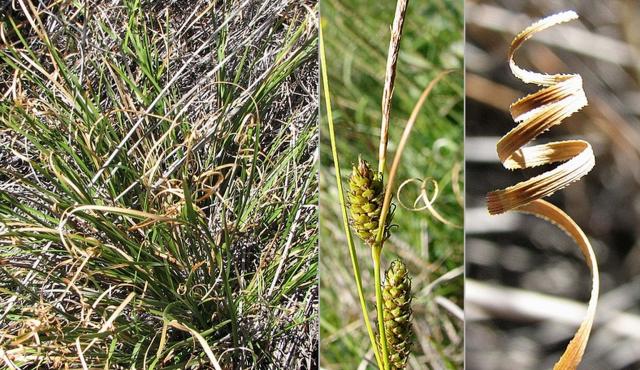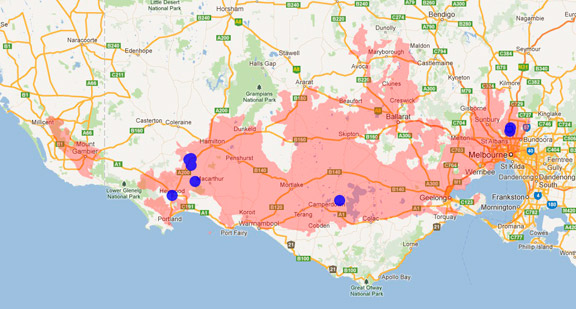A range of teacher professional learning programs will be developed to accompany the Biodiversity of the Western Volcanic Plains online outreach...

Curly Sedge
Carex tasmanica
Perennial. Grows in seasonally wet sites in grassland and grassy woodland on fertile soils derived from basalt. Can produce a long rhizome. This sedge is often confined to a narrow belt of vegetation parallel to the upper edges of drainage lines or swamps.
| Details | Description |
| Type | Graminoid |
| Group | Sedge |
| Identifying Characteristics | |
| Distinctive Features | Curly leaf tips. The leaf-sheath (at the base of the leaf) forms a tube around the stem. |
| Life Form Group | Graminoid |
| Life Form Codes | Medium to Small Tufted Graminoid (MTG) |
| EVC types | EVC 125: Plains Grassy Wetland EVC 132_61: Heavier-soils Plains Grassland |
| Native Status | Native to Australia |
| Taxonomy | |
| Phylum | Charophyta |
| Class | Equisetopsida |
| Order | Poales |
| Family | Cyperaceae |
| Genus | Carex |
| Species | tasmanica |

Distribution maps indicate current and historic locations where species have been sighted.
Source: Atlas of Living Australia
| Endangered Status | |
| DEPI Advisory List | Vulnerable |
| FFG Act | Listed as threatened |
| EPBC Act | Vulnerable |
| FFG Action Statement |
The conservation status of species is listed within Victoria and Australia.
The Department of Environment and Primary Industry (DEPI) Advisory List consists of non-statutory advisory lists of rare or threatened flora and fauna within Victoria.
The Flora and Fauna Guarantee Act 1988 (FFG Act) lists threatened species in Victoria. Under the Act, an Action Statement is produced for each listed species.
The Environment Protection and Biodiversity Conservation Act 1999 (EPBC Act) is the Australian Government’s key piece of environmental legislation, listing nationally threatened native species and ecological communities.



